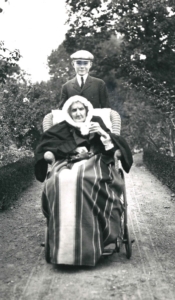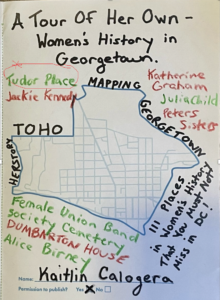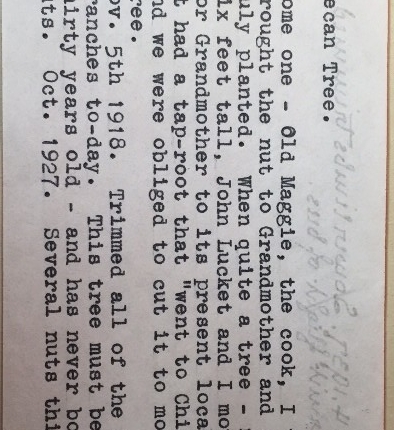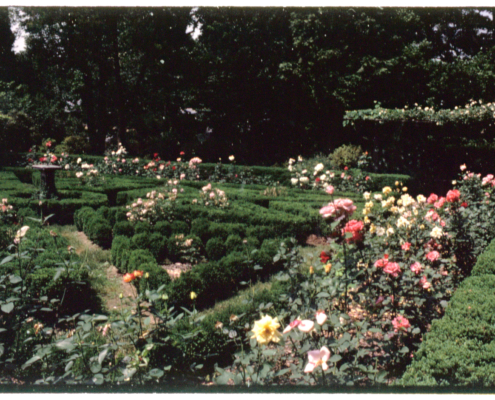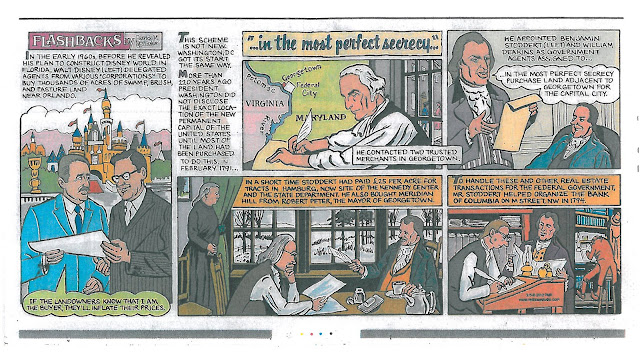Biography: Anastacia “Stacia” Hepburn (1801-1895)
Follow archivist and historian Heather Bollinger as she uncovers and reports the lives of enslaved and free people who lived and worked at this National Historic Landmark. Stacia Hepburn was an enslaved maid and nurse/nanny who nursed Britannia Peter Kennon’s nephew, Orton, through his bout with typhoid fever in 1847. A few snippets of her life were recounted by members of the Peter family including Britannia in her reminiscences:
Stacia [took care of me]…Stacia’s sister was named Brythe & another sister whose name was Elizabeth—father [Thomas Peter] gave her to Meck [America, Britannia’s older sister], an excellent nurse. Capt. Williams [America’s husband] ordered to Cape Cod, took her and she ran away.[1]
In recent years, Tudor Place has been substantiating its narrative of enslavement through in-depth research, outreach to descendants and archaeological digs in various places on-site. These fragments represent a history that was mostly erased from the landscape and stands in contrast to the preserved house and intact objects of the Peter family. Piecing these fragments together builds humanity around the individual’s whole life and contibutes a more unified narrative of the story of Tudor Place that includes the lives of the enslaved and free people. Tudor Place hopes to instill in visitors an understanding of how the practice of slavery was distinctive in the District of Columbia—and in particular Georgetown where the landscape included enslaved and free, artisans and laborers, differing religions, young and old, so that we may celebrate the triumphs and the complexities of the past to forge a better future.
Read Stacia Hepburn’s biography here.
[1] “Britannia’s Reminiscences, 1895-1900,” in Armistead Peter, Jr. Papers, MS-14, Box 69, Folder 24, and Box 70, Folder 1-3, Tudor Place Manuscript Collection, Tudor Place Historic House & Garden, Georgetown, Washington, D.C.

